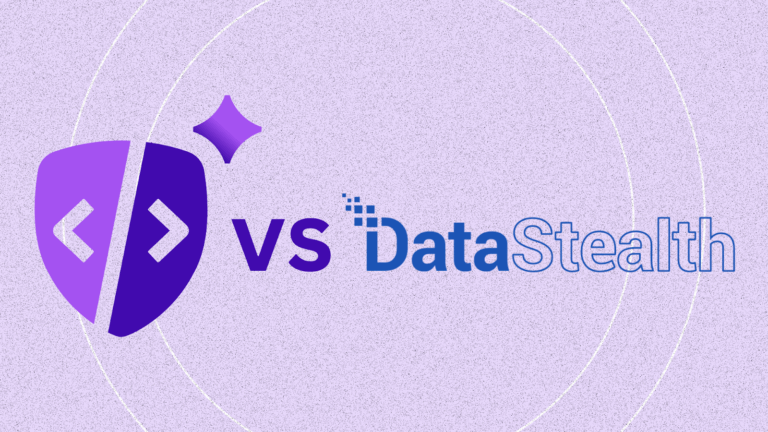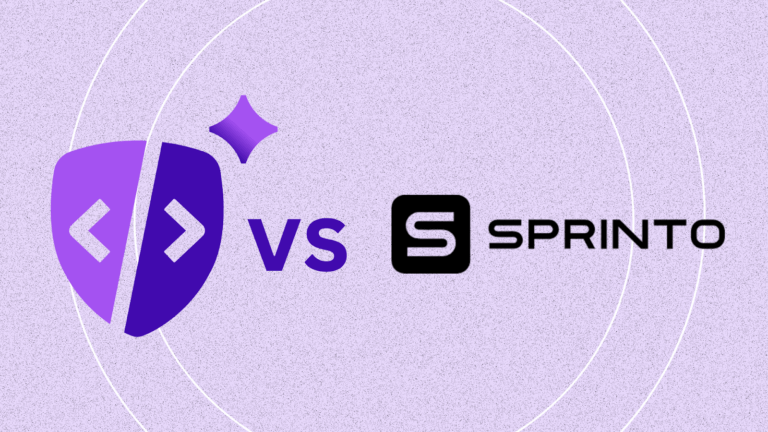PCI DSS 4.0 asks teams to protect both what runs in the browser and what runs across systems and services. Datadog is an observability and security platform that centralizes logs, metrics, traces, and security findings, and provides tools that help organizations align to PCI DSS through monitoring, alerting, and governance. PaymentGuard AI specializes in real-time client-side monitoring on payment pages and automates evidence for Requirements 6.4.3 and 11.6.1. Used together, you connect live visibility inside the browser with the logging and security analytics that keep your environment monitored and auditable.
Datadog: Logging, monitoring, security analytics, and data scanning
Datadog brings observability and security into one platform. It offers log management, metrics, traces, security monitoring, cloud security posture, synthetic and real user monitoring, and a Sensitive Data Scanner that discovers and can redact sensitive data in telemetry. Datadog documents PCI v4.0.1 alignment for its own service environment and provides guidance and features that help customers meet responsibilities such as logging and monitoring under Requirement 10 and continuous detection across applications and services. Datadog is not an ASV scanner and is not a client-side script integrity tool.
Key strengths:
- Centralized logging and monitoring that support PCI Requirement 10 activities with alerting and audit trails
- Sensitive Data Scanner to discover, classify, and optionally redact sensitive data across logs, traces, and RUM events
- Real User Monitoring and Synthetic Monitoring to observe user flows and application behavior for reliability and incident response
- Platform governance features such as role-based access control and audit trail for stronger evidence and accountability
Feroot PaymentGuard AI: Real-time client-side protection and compliance
PaymentGuard AI focuses on the browser environment. It inventories and authorizes every script and third-party tag on payment pages, watches runtime behavior for unexpected changes or new network calls, and generates auditor-ready logs mapped to 6.4.3 and 11.6.1. This gives teams continuous proof that scripts executing in checkout flows behave as intended and that evidence is ready for QSA review.
Key strengths:
- Live inventory and authorization of payment page scripts
- Behavioral monitoring that detects tampering, injection, and data exfiltration in the browser
- Automated reporting aligned to PCI DSS 6.4.3 and 11.6.1
- 24-hour deployment with minimal ongoing maintenance
Feature comparison table
| Capability | PaymentGuard AI | Datadog |
| Primary focus | Real-time client-side protection and compliance automation for payment pages | Observability and security analytics across infrastructure, apps, and services |
| PCI DSS support | Automates evidence for 6.4.3 and 11.6.1 through client-side monitoring and change detection | Helps manage PCI responsibilities with logging, monitoring, and governance that support Requirement 10 and broader monitoring needs. Datadog itself is PCI v4.0.1 compliant as a service provider for its platform environment |
| Control domains | Browser scripts, payment page integrity, client-side data protection | Logs, metrics, traces, security findings, data classification and redaction in telemetry |
| Threat monitoring | Detects script tampering, unauthorized DOM changes, and data leaks in the browser | Detects threats and anomalies via security monitoring and alerts. Sensitive Data Scanner discovers and can redact sensitive data in telemetry |
| Evidence automation | QSA-ready client-side reports mapped to 6.4.3 and 11.6.1 | Centralized logs, alerts, dashboards, audit trail, and PCI resources for customers’ shared responsibility programs |
Datadog references: PCI v4.0.1 page, PCI DSS blog overview, Sensitive Data Scanner product and docs, RUM documentation, and platform blog on PCI compliant log management and APM.
How PaymentGuard AI and Datadog work together
Datadog manages the observability and detection layer. It consolidates logs, traces, metrics, and security alerts to help teams meet monitoring and logging objectives and to investigate incidents quickly. PaymentGuard AI manages the runtime client-side layer. It monitors scripts that execute in the browser after the page loads and produces precise evidence for 6.4.3 and 11.6.1. In practice, PaymentGuard AI can feed its client-side reports into your Datadog workflows through logging or export, so your central dashboards reflect both system activity and in-browser assurance.
How to decide which solution works best for your organization
Choose Datadog if:
- You need centralized logging, monitoring, and alerting to support PCI Requirement 10 and broader detection across services and infrastructure.
- You want a single platform to correlate logs, traces, metrics, and security findings and to apply data governance with features like Sensitive Data Scanner.
Choose PaymentGuard AI if:
- You handle payment data in the browser and rely on third-party scripts or tags.
- You must automate evidence for PCI DSS 6.4.3 and 11.6.1 with detailed script-level monitoring and change detection inside customer browsers.
Stronger together:
Datadog centralizes monitoring and evidence for systems and services. PaymentGuard AI proves that client-side controls operate as required where customers enter card data.
FAQ
Does Datadog help with PCI DSS compliance?
Yes. Datadog supports PCI DSS compliance by providing centralized logging, monitoring, and alerting that align with Requirement 10, which covers tracking and monitoring all access to network resources and cardholder data. Datadog itself maintains PCI DSS 4.0.1 compliance for its platform services, helping customers build and demonstrate continuous monitoring and audit readiness.
Can Datadog detect issues inside the browser or on payment pages?
No. Datadog focuses on observability across infrastructure, applications, and networks. While its Real User Monitoring feature can track performance and user experience, it does not inspect or validate scripts executing in customer browsers. PaymentGuard AI fills that gap with continuous client-side monitoring to detect unauthorized changes and data exfiltration.
Can PaymentGuard AI integrate with Datadog?
Yes. Evidence and alerts from PaymentGuard AI can be sent into Datadog for centralized tracking and analysis. This allows compliance and security teams to see both infrastructure activity and client-side events in one place, ensuring end-to-end visibility across PCI DSS 4.0.1 controls.
Summary
Datadog and PaymentGuard AI address different needs in PCI DSS 4.0.1. Datadog strengthens logging, monitoring, detection, and data governance across your technical estate and documents its own PCI v4.0.1 posture as a service provider. PaymentGuard AI provides dedicated client-side visibility and automates evidence for 6.4.3 and 11.6.1 inside the browser. Teams get the best result by using both. Datadog provides program-wide monitoring and auditability. PaymentGuard AI delivers in-browser assurance where cardholder data is most exposed.
See how PaymentGuard AI automates compliance, book your free demo today.


